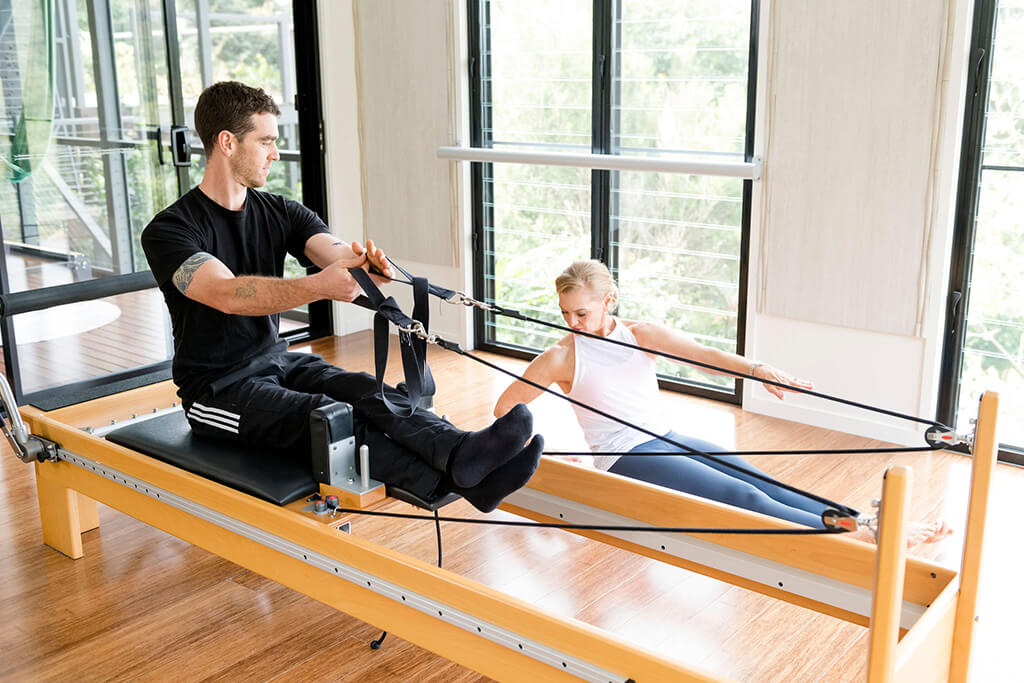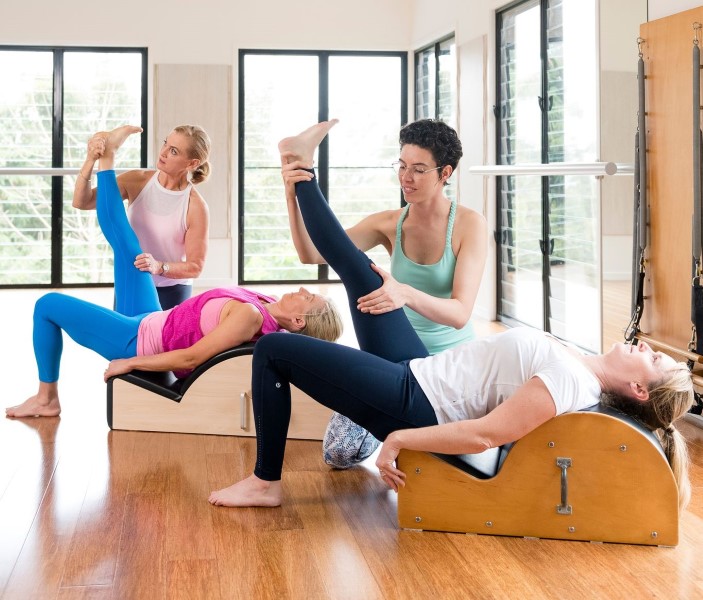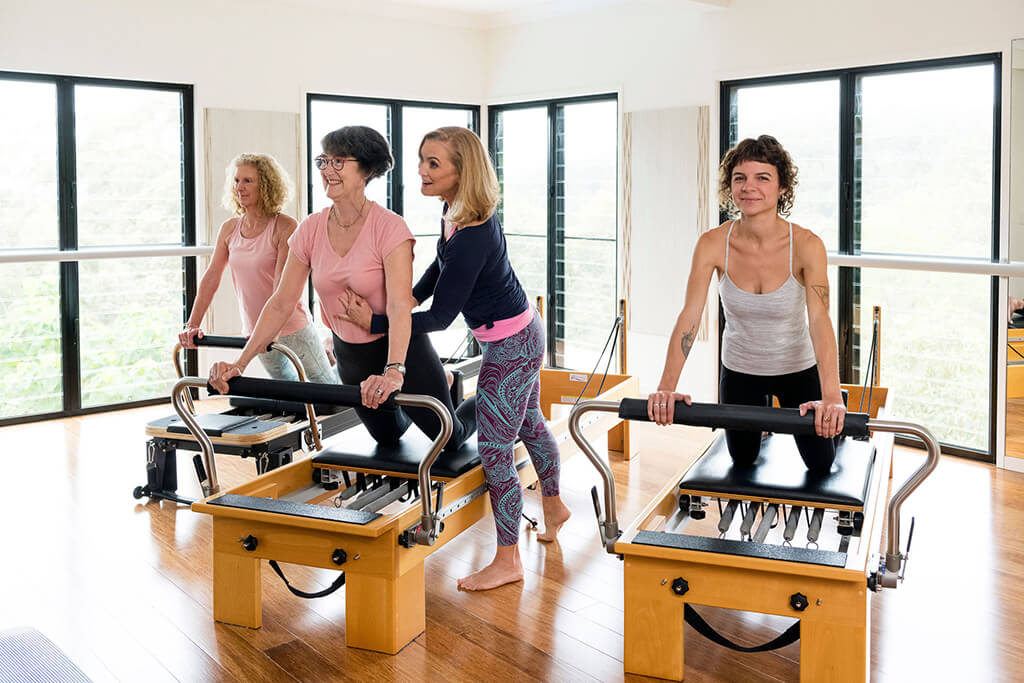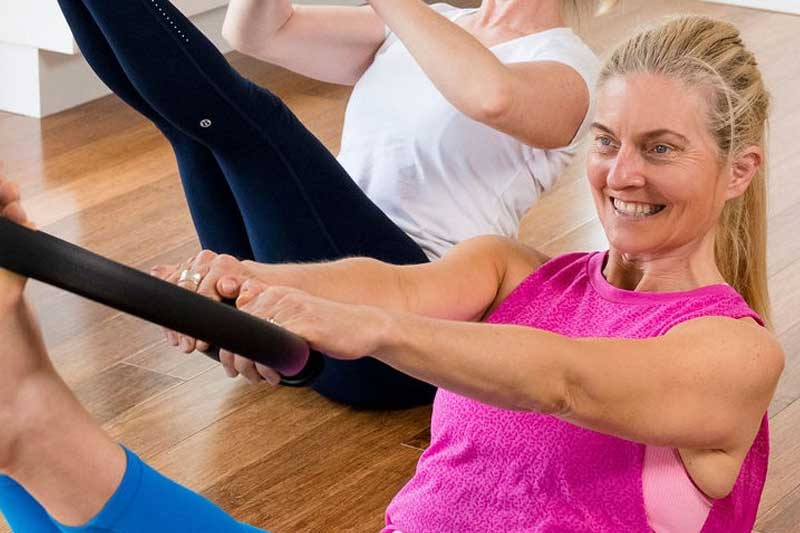
The Reformer Revolution- Beyond Traditional Mat Pilates
Posted on October 10, 2024 by ApexIn the world of Pilates, two main styles dominate: Mat Pilates and Reformer Pilates. Each offers unique benefits and caters to different needs and preferences.
Joseph Pilates, the founder of the Pilates method, developed his exercise system around 1914, during World War 1. Many of his early exercises were performed on the floor or on a mat and were designed to be accessible to anyone, anywhere, without the need for special apparatus.
He then developed the Reformer system around 1917-1918 to help rehabilitate bedridden patients and injured soldiers. The design inspiration for the first Reformer was a hospital bed with springs attached, which allowed patients to exercise against resistance while still lying down.
The Reformer became a central piece of equipment in Pilates’ New York studio, which he opened with his wife Clara in 1926. Reformer Pilates was designed to both rehabilitate injuries and enhance physical performance, making it versatile for a wide range of clients.
Reformer Pilates vs Mat Pilates
Let’s explore these styles and consider who might benefit most from each approach, using fictional examples to illustrate.
Mat Pilates: The Classic Approach
Mat Pilates relies on body weight and gravity for resistance. It’s accessible, requires minimal equipment and can be practised almost anywhere.
For example, imagine a busy mum who squeezes in a quick Pilates session at home while her kids nap. The convenience of Mat Pilates allows her to maintain her fitness routine amidst a hectic schedule.
Reformer Pilates: The Equipment-Based Evolution
Reformer Pilates uses a specialised machine: the Reformer. This apparatus, with its sliding carriage, springs and pulleys, offers a more versatile and challenging workout.
Consider a hypothetical former athlete dealing with a recurring knee injury. The Reformer’s adjustable resistance and supportive structure could allow them to rebuild strength and flexibility without putting undue stress on their joints.
Key Benefits of Reformer Pilates
If you’re wondering ‘is Reformer Pilates good for you?’ consider these benefits:
- Core Strength: Crucial in nearly every Reformer exercise, leading to improved stability and posture.
- Flexibility: The Reformer’s design allows for a greater range of motion, enhancing overall flexibility and joint mobility.
- Muscle Tone: Resistance training on the Reformer helps build lean muscle mass without bulk.
- Balance and Coordination: The unstable surface of the Reformer carriage challenges proprioception, improving overall body awareness.
Who Might Benefit from Reformer Pilates?
While these examples are fictional, they represent common scenarios:
- Individuals recovering from injuries: The controlled movements and supportive nature of the Reformer allow for safe, effective rehabilitation.
- Older adults: Reformer Pilates can be a safe way to build bone density and maintain muscle mass, crucial for healthy ageing.
- Athletes: Many find Reformer Pilates helpful in balancing out repetitive motions from their primary sport, potentially reducing injury risk.
Mental Health and Cognitive Benefits
Reformer Pilates can also positively impact mental well-being, potentially helping with stress reduction, improved concentration and mood enhancement. While individual experiences vary, many practitioners report these benefits.
Customisable for All Fitness Levels
One of Reformer Pilates’ most appealing aspects is its adaptability. The Reformer can be adjusted to provide an appropriate challenge for beginners and advanced practitioners alike.
Considerations Before Starting
- Proper Instruction: Begin with a qualified instructor to ensure correct form and technique.
- Medical Clearance: If you have pre-existing health conditions or injuries, consult with a healthcare provider before starting.
- Consistency: Aim for at least 2-3 sessions per week to start noticing improvements.
Choosing Your Pilates Path
Both Mat and Reformer Pilates offer valuable paths to improved health and fitness. Mat Pilates might be ideal for those seeking a convenient, at-home practice. Reformer Pilates, with its versatile equipment and tailored resistance, offers a more comprehensive and adaptable workout.
Ultimately, the best form of Pilates is the one that you enjoy and can commit to regularly. Whether you’re looking to improve your core strength, enhance flexibility, find a new way to stay active or become an instructor, Pilates, in either form, offers a path to improved health and well-being.
Latest Blog Post

How Much Does a Pilates Instructor Make in Australia?
Teaching Pilates has become a lucrative career choice, offering flexibility and various approaches to generate revenue. If you’re considering this path or simply curious about the earning potential, let’s look at the Pilates instructor salary variables in Australia. Base Wage and Industry Standards Once you’ve finished your Pilates teacher qualification and can work as …
Continue reading “How Much Does a Pilates Instructor Make in Australia?”

Pilates for Osteoporosis: Strengthening Bones for a Better Quality of Life
Osteoporosis, often called the ‘silent disease,’ affects a significant portion of the population, particularly women over 50. By age 50, approximately 50% of women and 25% of men experience the effects of osteoporosis or its precursor, osteopenia. As we search for effective ways to manage and prevent this condition, many ask, ‘Is Reformer Pilates good …
Continue reading “Pilates for Osteoporosis: Strengthening Bones for a Better Quality of Life”

The Transformative Benefits of Pilates: Why People Love This Timeless Exercise
In the ever-evolving world of fitness, Pilates has emerged as a beloved practice for people of all ages and fitness levels. But what does Pilates do for your body, and what makes this century-old exercise method so enduringly popular? What are the top 10 benefits of Pilates that have people returning to their mats and …
Continue reading “The Transformative Benefits of Pilates: Why People Love This Timeless Exercise”

